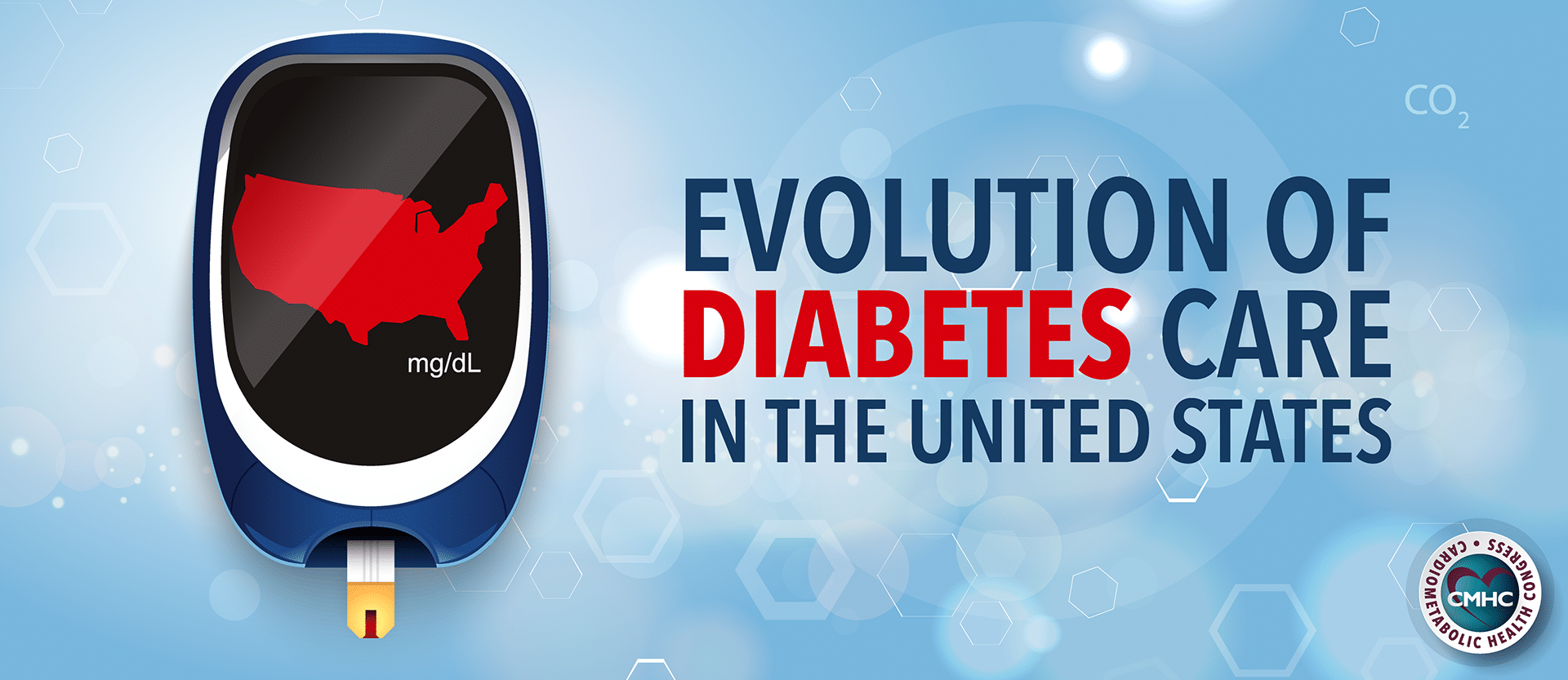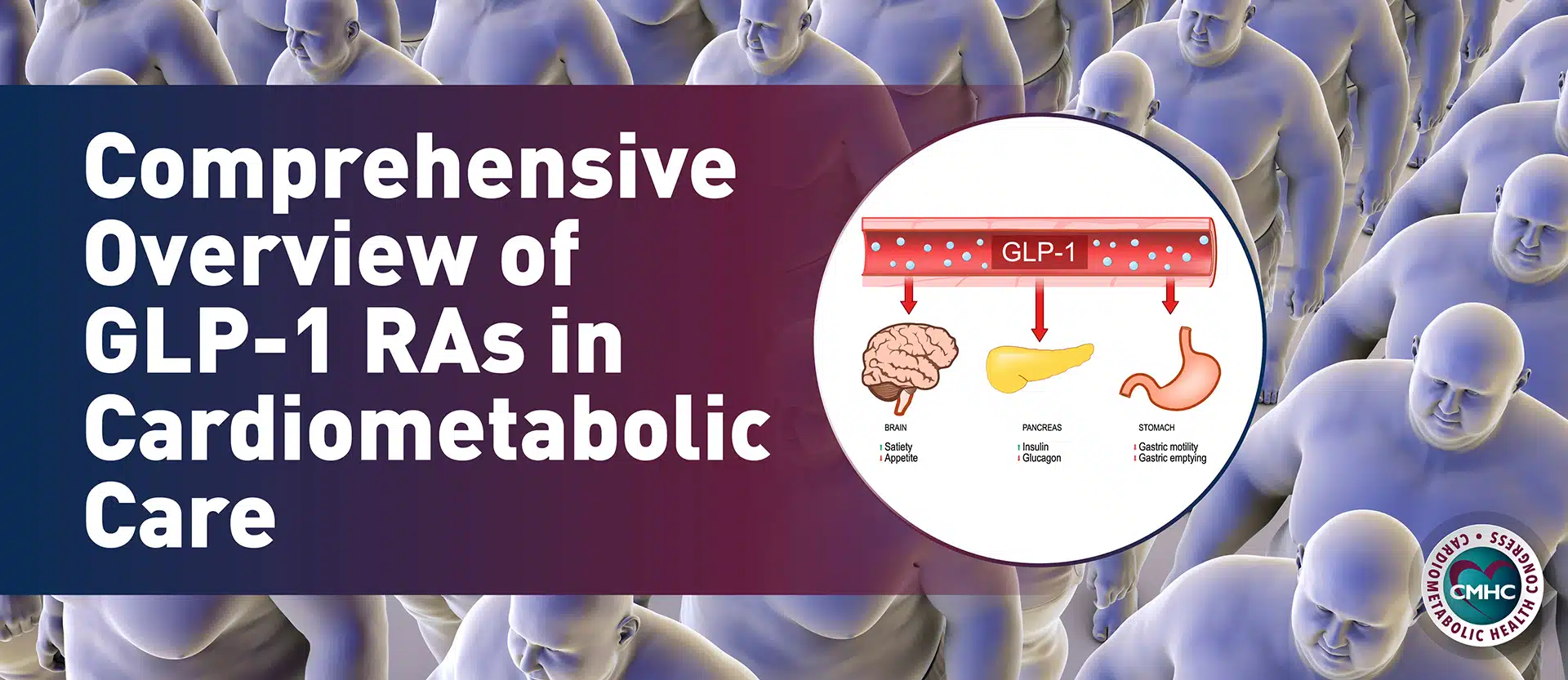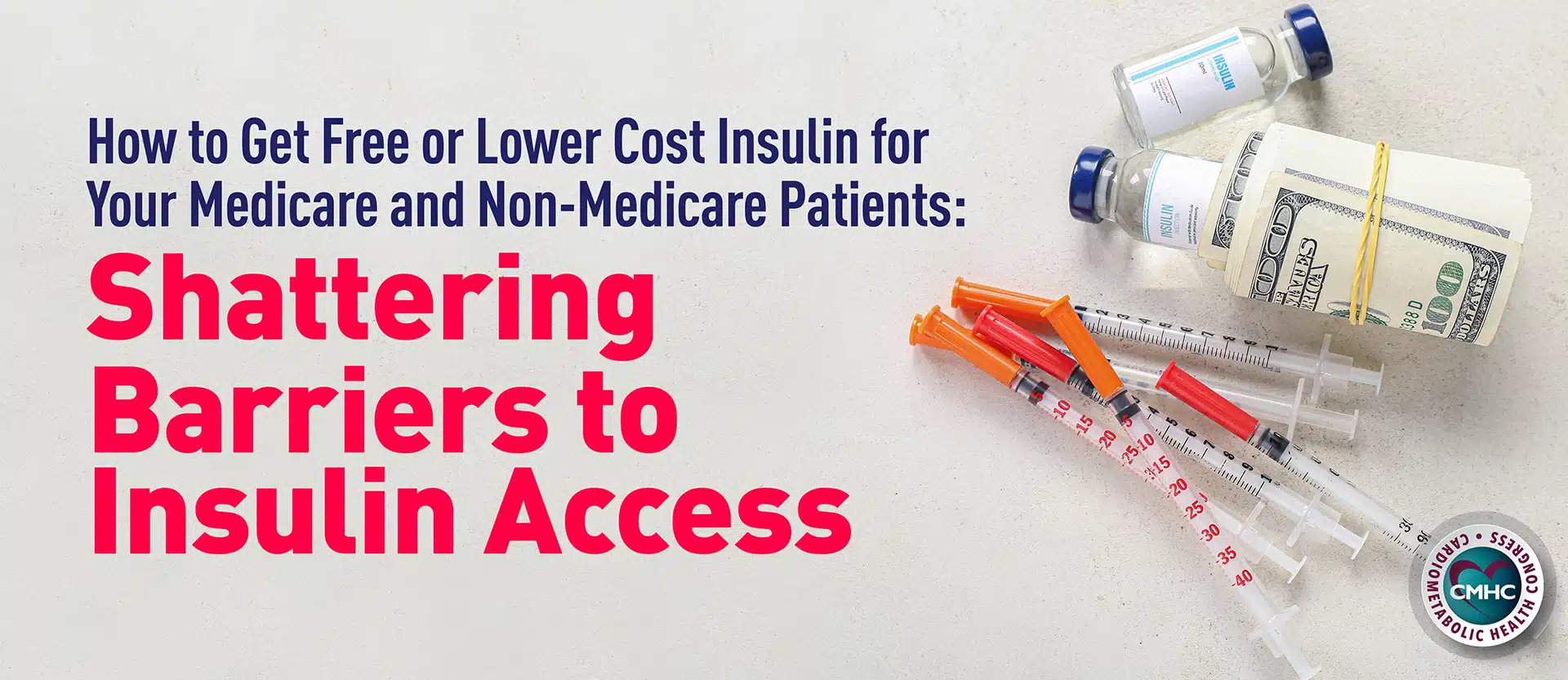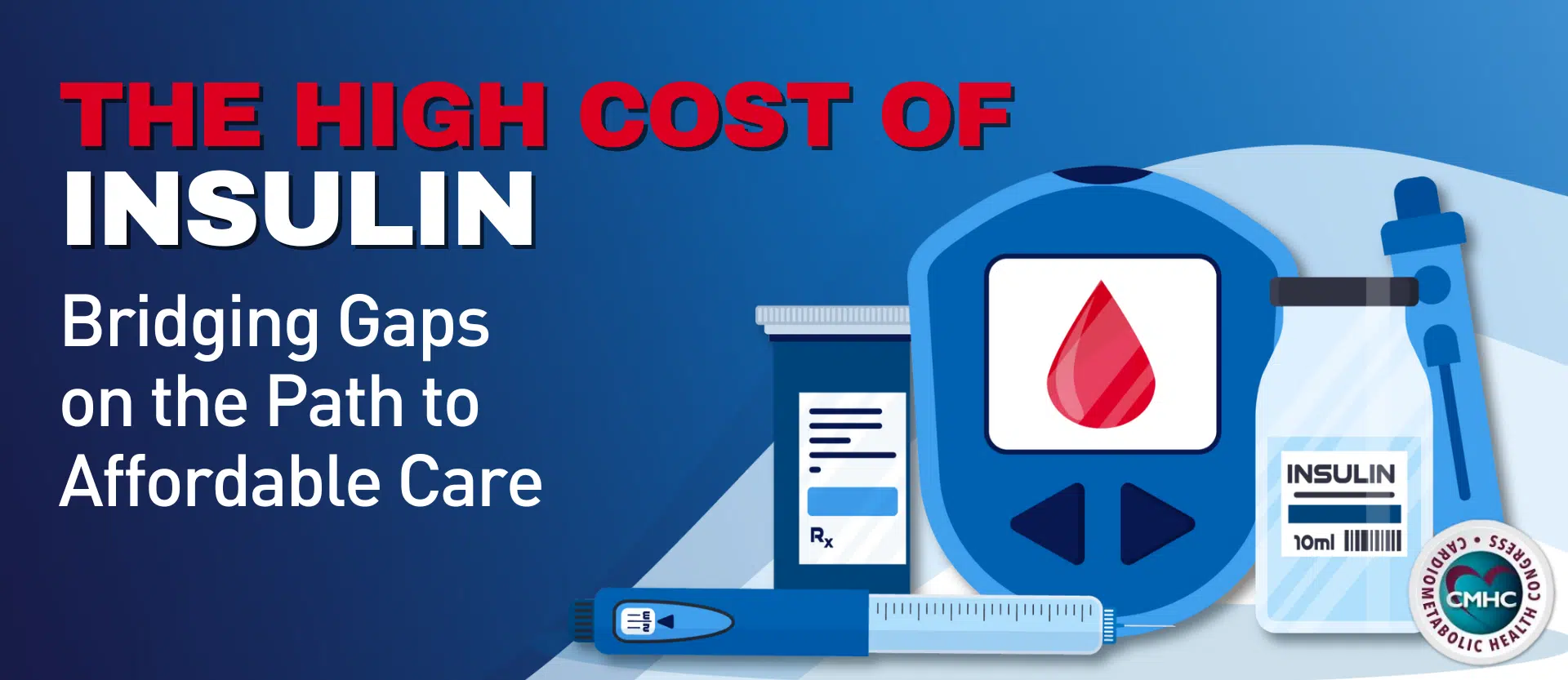Over the past decade, advancements in diabetes treatment and care in the United States have been vast, implicating the potential for a significant improvement of population health outcomes. However, many factors can influence the ability of a patient to receive adequate medical care – including accessibility, geographic location, and cost – and oftentimes marginalized demographics experience difficulties with securing effective treatment. While developments in the field may greatly benefit patients with dependable access to care, advances in diabetes treatment can only have a positive impact on public health outcomes if they effectively reach all at-risk populations.
Recently published in Jama Internal Medicine, a nationally representative investigation by researchers from the Massachusetts General Hospital in Boston evaluated the changes in population-level achievement of diabetes treatment targets in the United States from 2005 to 2016. The study’s findings reveal the real-world implications of advances in care, technology, and awareness – which may not be as significant as expected.
Evaluation of the Cascade of Diabetes Care
Led by Dr. Pooyan Kazemian, from the Massachusetts General Hospital and Harvard Medical School, a team of researchers set out to evaluate whether U.S. diabetes care – defined as diabetes diagnosis, linkage to care, and achievement of individual and combined treatment targets – improved from 2005 to 2016. Study authors also investigated potential disparities in diabetes care, and whether these have persisted over the years despite increased efforts and resources.
Researchers analyzed data on 2,488 individuals derived from National Health and Nutrition Examination surveys conducted between 2005 and 2016, including only data from non-pregnant American adults with diabetes above the age of 18. The main outcomes measured were the rates of participants – overall and stratified by age, sex, and race – who were linked to diabetes care and met glycemic, cholesterol level, blood pressure, and smoking abstinence targets, as well as the composite of all targets.
Further Improvement Needed in Diabetes Care
Out of the studied cohort of nearly 2,500 participants, approximately 1 in 4 adults with diagnosed diabetes achieved the composite goal of all targets. During the period of 2013-2016, 94% of the 1,742 adults diagnosed with diabetes were linked to diabetes care, 64% met hemoglobin A1c levels, 70% met blood pressure levels, and 57% met cholesterol level targets. Overall during this period, only 23% achieved the composite goal. During the periods of 2005-2008 and 2009-2012, rates of achieved composite targets were equally low at 23% and 25%, respectively. Moreover, researchers found no significant improvement in diagnosis or target achievement during the study period as a whole.
Disparities in care were also reported, with significant gaps in achieving diabetes targets between certain demographics. Compared with middle-aged adults with diagnosed diabetes, older individuals met composite targets at higher rates, while younger adults had lower odds of meeting these goals. Additionally, women in general had lower rates of achieved composite targets than their male counterparts, as did non-Hispanic black individuals compared with non-Hispanic white individuals.
The strongest predictor of linkage to diabetes care was health insurance, suggesting that cost may be a notable determinant of access to treatment and in turn, of patient ability to meet health targets. As Dr. Kazemian’s study reveals, the advances in diabetes over the past decade have not led to quantifiable improvement in population-level health outcomes. Gaps in diabetes care that were present in 2005 persist today, particularly among younger adults, women, and non-white patients. These results call for a re-evaluation of the present approach to diabetes treatment and underscore the need for more strategic efforts directed at ameliorating age-old disparities in care.


















